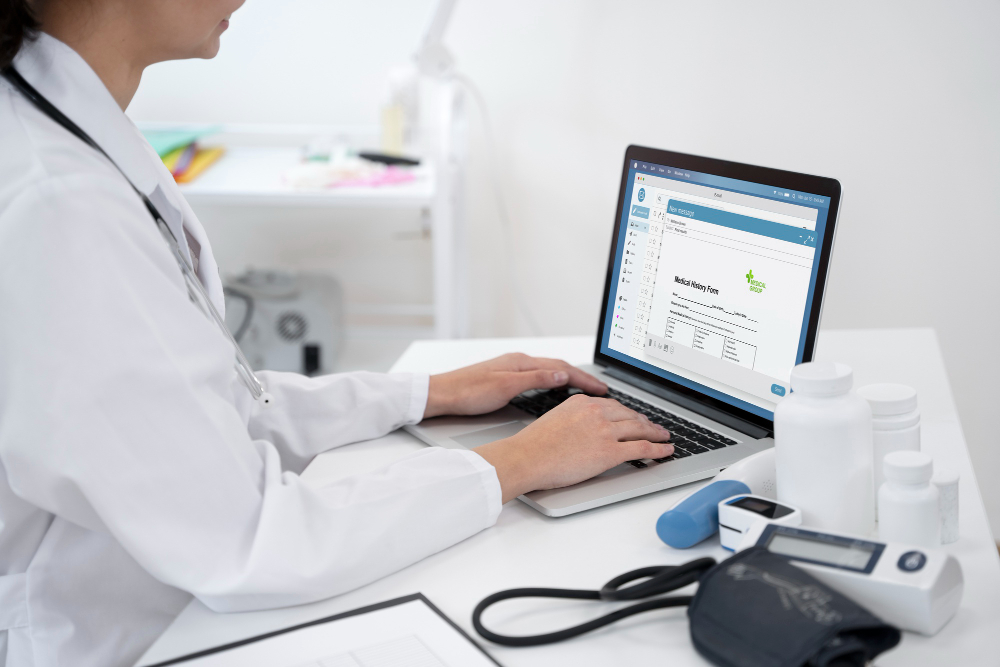세보플루란 흡입마취제 번역(한국어 원본)세보플루란 단일제(흡입제)
Sevoflurane
▶ 사용상의 주의사항
1. 경고
1) 이 약은 호흡저하를 초래할 수 있다. 마약류 전처치 또는 기타 호흡저하를 일으키는 제제에 의하여 증상이 증대될 수 있으므로 호흡이 관리되어야 하며, 필요한 경우 호흡을 도울 수 있도록 한다.
2) 이 약은 마취기술에 숙련된 의사가 투여하여야 하며, 마취전에 개방기도유지, 산소호흡기, 흡인기구, 삽관기구 등 인공호흡 및 순환기소생술에 필요한 기구․시설을 즉시 사용할 수 있도록 준비하여 둔다.
3) 기화기에서 공급되는 이 약의 농도는 정확히 측정되어야 한다. 흡입용 마취제들은 물리적 특성들이 다르기 때문에, 이 약의 전용기화기를 사용해야 한다. 전신 마취제의 투여는 환자의 상태에 따라 개별화되어야 한다. 마취가 깊어짐에 따라 저혈압과 호흡기계 억제가 증가한다.
4) 경증, 중등증 및 중증의 수술 후 간 기능장애 또는 황달을 동반하거나 동반하지 않는 간염이 시판 후 조사에서 매우 드물게 보고되었다. 간 기저질환이 있거나 간 기능장애를 유발하는 것으로 알려진 약물을 사용하는 환자에서 이 약을 사용할 때 임상적 판단이 이루어져야한다. 이전에 할로겐화 탄화수소 마취제에 노출된 경우, 특히 그 간격이 3개월 미만인 경우, 간 손상의 가능성이 증가할 수 있음이 보고되었다.
5) 악성 고열 : 이 약을 포함한 강력한 흡입용 마취제는 감수성 있는 환자에서 산소 요구 증가와 악성 고열증으로 알려진 임상증후군에 이르는 골격근 대사과다상태를 유발할 수 있다. 전조 징후로서 고탄산혈증이 나타나고, 근강직, 빈맥, 빠른호흡, 청색증, 부정맥 및/또는 불안정한 혈압이 나타날 수도 있다. 이러한 비특이적 증상 중 일부는 가벼운 마취, 급성 저산소증, 고탄산혈증 및 혈액량저하증 상태에서도 나타날 수 있다. 임상시험에서 한건의 악성 고열이 보고되었다. 시판 후 보고에서도 악성 고열이 보고되었고, 이 중 일부는 치명적이었다. 악성 고열이 나타나는 경우에는 즉시 해당 약물(예, 세보레인)의 투여를 중지하고 단트롤렌나트륨 정맥주사(환자관리를 위한 추가적인 정보는 단트롤렌나트륨 정맥주사의 제품설명서 참조) 투여하고, 보조 처치를 실시한다. 즉, 정상 체온으로 낮추기 위한 적극적 노력을 하며, 지시에 따른 호흡 및 순환 보조, 전해질-체액-산-염기 이상을 시정한다.
또한 이러한 증상에 의해 신부전이 속발될 수 있으므로 요량을 모니터링하여 요량유지를 도모해야 한다.
6) 수술 전후의 고칼륨혈증: 흡입용 마취제의 사용은 드물게 혈청 칼륨 농도 증가와 관련이 있었으며 이는 수술후의 소아 환자에서 심장 부정맥 및 사망을 유발하였다. 현성 신경근질환뿐만 아니라 잠재성 신경근질환 환자, 특히 뒤시엔느 근위축증(Duchenne muscular dystrophy) 환자가 가장 취약하다. 숙시닐콜린과 병용투여시 대부분 이러한 경우들과 관련이 있었다. 또한 이러한 환자들은 혈청 크레아틴 활성효소 농도가 유의하게 상승하였고 몇몇의 경우에는 미오글로빈뇨증과 일치하는 뇨에서의 변화를 경험했다. 악성 고열증의 발현과 유사함에도 불구하고 이러한 환자들은 근 강직 또는 대사과다 상태의 증상이나 징후를 나타내지 않았다. 고칼륨혈증 및 무반응 부정맥(resistant arrhythmia)을 치료하기 위한 초기의 적극적 요법이 권장되며 잠재성 신경근질환의 평가를 이어서 실시한다.
7) Torsade de pointes(예외적인 경우, 치명적)와 관련이 있는 QT 연장의 개별 사례가 미우 드물게 보고되었다. 민감한 환자에게 이 약을 투여 시 주의를 기울여야 한다.
8) 폼페병(Pompe’s disease)이 있는 소아환자들에서 심실부정맥의 개별적인 사례가 보고되었다.
9) 미토콘드리아 질환이 있는 환자에게 이 약을 포함한 전신마취제를 투여 시 주의를 기울여야 한다. |
세보플루란 흡입마취제 번역(영어 번역본)Sevoflurane Single System (Inhalant)
Warnings and Precautions
1. Warnings
(1) Sevoflurane may cause respiratory depression, which may be augmented by narcotic premedication or other agents causing respiratory depression. Respiration should be supervised and if necessary, assisted.
(2) Sevoflurane should be administered only by persons trained in the administration of general anesthesia. Facilities for maintenance of a patent airway, artificial ventilation, oxygen enrichment and circulatory resuscitation must be immediately available.
(3) The concentration of Sevoflurane being delivered from a vaporizer must be known exactly. As volatile anesthetics differ in their physical properties, only vaporizers specifically calibrated for Sevoflurane must be used. The administration of general anesthesia must be individualized based on the patient’s response. Hypotension and respiratory depression increase as anesthesia is deepened.
(4) Very rare cases of mild, moderate, and severe postoperative hepatic dysfunction or hepatitis with or without jaundice have been reported from post-marketing experiences. Clinical judgment should be exercised when Sevoflurane is used in patients with underlying hepatic conditions or under treatment with drugs known to cause hepatic dysfunction. Patients with repeated exposures to halogenated hydrocarbons within a relatively short interval (e.g. three months) may have an increased risk of hepatic injury.
(5) Malignant Hyperthermia: In susceptible individuals, potent inhalation anesthetic agents may trigger a skeletal muscle hypermetabolic state leading to high oxygen demand and the clinical syndrome known as malignant hyperthermia. The clinical syndrome is signaled by hypercapnia, and may include muscle rigidity, tachycardia, tachypnoea, cyanosis, arrhythmias, and/or unstable blood pressure. Some of these nonspecific signs may also appear during light anesthesia, acute hypoxia, hypercapnia and hypovolaemia. In clinical trials, one case of malignant hyperthermia was reported. In addition, there have been post-marketing reports of malignant hyperthermia. Some of these reports have been fatal. Treatment includes discontinuation of triggering agents (e.g. Sevoflurane), administration of intravenous dantrolene sodium (consult prescribing information for intravenous dantrolene sodium for additional information on patient management), and application of supportive therapy. Such therapy includes vigorous efforts to restore body temperature to normal, respiratory and circulatory support as indicated, and management of electrolyte-fluid-acid-base abnormalities. Renal failure may appear later, and urine flow should be monitored and sustained if possible.
(6) Pre- and post-operative hyperkalaemia: Use of inhaled anesthetic agents has been associated with rare increases in serum potassium levels that have resulted in cardiac arrhythmias and death in pediatric patients during the postoperative period. Patients with latent as well as overt neuromuscular disease, particularly Duchenne muscular dystrophy, appear to be most vulnerable. Concomitant use of succinylcholine has been associated with most, but not all, of these cases. These patients also experienced significant elevations in serum creatine kinase levels and, in some cases, changes in urine consistent with myoglobinuria. Despite the similarity in presentation to malignant hyperthermia, none of these patients exhibited signs or symptoms of muscle rigidity or hypermetabolic state. Early and aggressive intervention to treat the hyperkalaemia and resistant arrhythmias is recommended, as is subsequent evaluation for latent neuromuscular disease.
(7) Isolated reports of QT prolongation, very rarely associated with torsade de pointes (in exceptional cases, fatal), have been received. Caution should be exercised when administering Sevoflurane to susceptible patients.
(8) Isolated cases of ventricular arrhythmia were reported in pediatric patients with Pompe’s disease.
(9) Caution should be exercised in administering general anesthesia, including Sevoflurane, to patients with mitochondrial disorders. |

